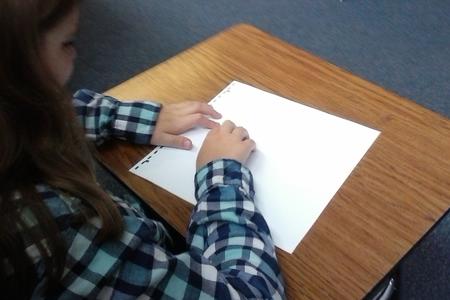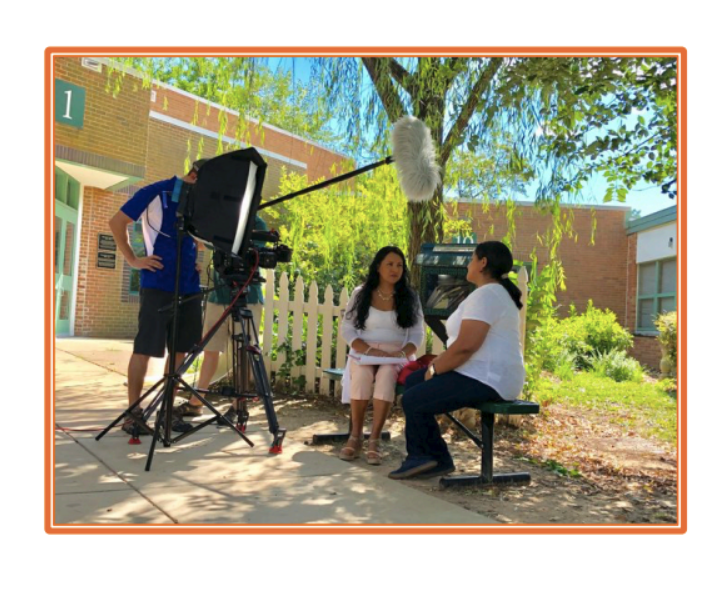Finding a strategy for our English learners (EL) that are blind and low vision can be a struggle. This has to do with many EL strategies being picture-based, or not practical for the population of students we work with. We have likewise not been trained in the use of EL strategies and may not know where to begin. While there is minimal research done on EL strategies that work with our blind and low vision students, there are things we can do as educators to find the perfect strategy. Below I outline some steps to follow that may help you find the right strategy for your student.

Steps in selecting an EL strategy for your blind or low vision student:
-
Who will you need to collaborate with?
- If you have an EL specialist at your school that is ideal. You can work together to find what works best.
- Think of your students other needs. Do you need to bring in a language pathologist? Can the family provide information on what motivates a student? Is this a transition student that has specific career goals?
-
Find an EL Strategy
-
Find a strategy that is either specific to English learners or a strategy or curriculum used with blind and low vision students. Many EL strategies out there are evidence based. I suggest looking through the following resources:
- Colorin Colorado: ELL Strategies and Best Practices
- Dr. Mora-Flores Resources (under English Language Development or ELD strategies)
- Evidence Based Practices for English Learners: by the CEEDAR Center
-
Find a strategy that is either specific to English learners or a strategy or curriculum used with blind and low vision students. Many EL strategies out there are evidence based. I suggest looking through the following resources:
-
Ask yourself: Can this strategy be done…
- In my student’s reading medium (braille, large print, electronically, with audio)
- With real tangible materials
- With tactile graphics
- With key words in my student’s home language
- With audio
- With the support of assistive technology on their devices
-
Can this strategy be incorporated into the student’s regular lessons or does it require direct instruction?
- Some strategies are great tools to use with our students to support them in their general content areas. While some require direct and individual instruction or some pre-teaching. Figure out how the strategy will need to be delivered and if you can deliver it, or provide it to a general education teacher to incorporate into their lessons.
-
What adaptations will you need to make to this strategy, if at all?
- Will this strategy require you to make a new accessible document? Will this strategy require you to take some of the images and present them in a different format? If your student ready to be exposed to this strategy?
-
Ask yourself:
- Will this strategy be meaningful to my student?
- Will this meet the activity/goal I am trying to achieve? This can be language acquisition, participation in a general education activity, a writing prompt, etc.
-
Try the strategy with your student.
-
Finding a great strategy is only successful if it works with your individual student. As we know, each of our students has unique needs and what works with one student may not work with another. Did your strategy have any level of success? Is there something you have to modify to make it more useful? If your strategy was successful, consider writing up what you did and submitting it to Paths to Literacy!
-
These steps are a cycle and what works with one student, may not work with another. The more strategies you have under your belt, the better prepared you will be! Happy searching!





